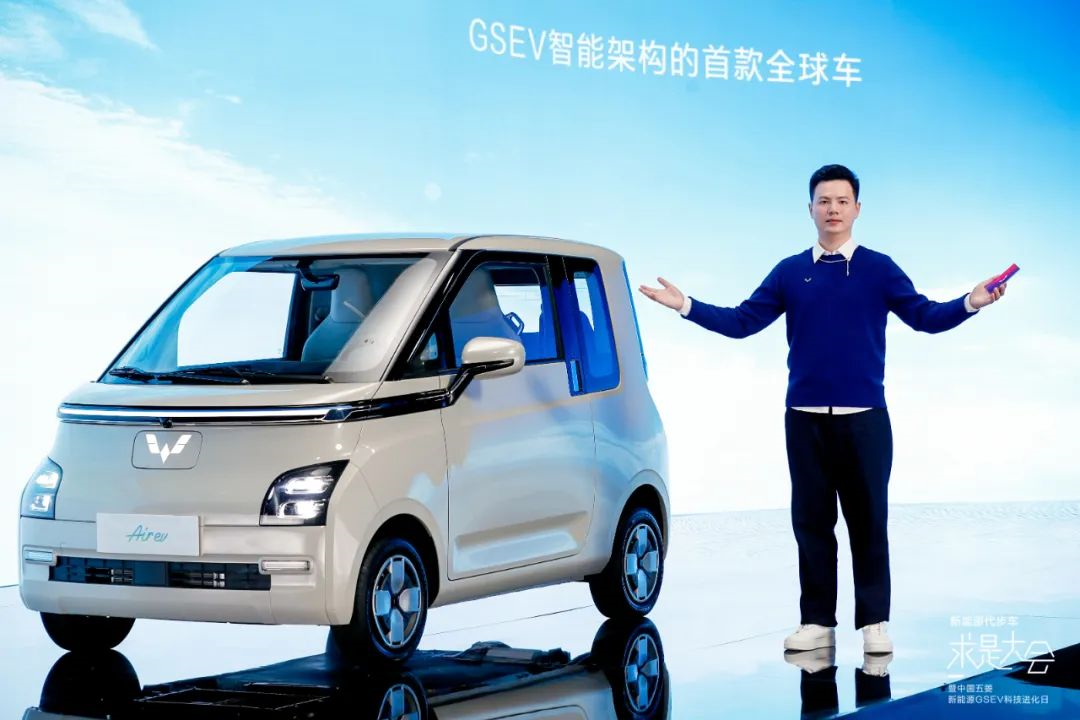Article by CH_Chen
“Wuling makes whatever the people need!”
Wuling’s hometown is Guangxi, located to the west of Guangdong and to the east of Yunnan.
In my impression, Guangxi has always been a complex and magical province, with both the practicality of Guangdong and the beauty of Yunnan, as well as the unique culture of ethnic minorities and the special atmosphere of border ports.
This unique soil has given Wuling a complex and unique temperament.
From the Wuling Hongguang to the Baojun 730, 310, 560, and 510, and then to the E100, E200, and Hongguang MINI EV, Wuling’s constant innovation has allowed us to constantly rediscover the brand.
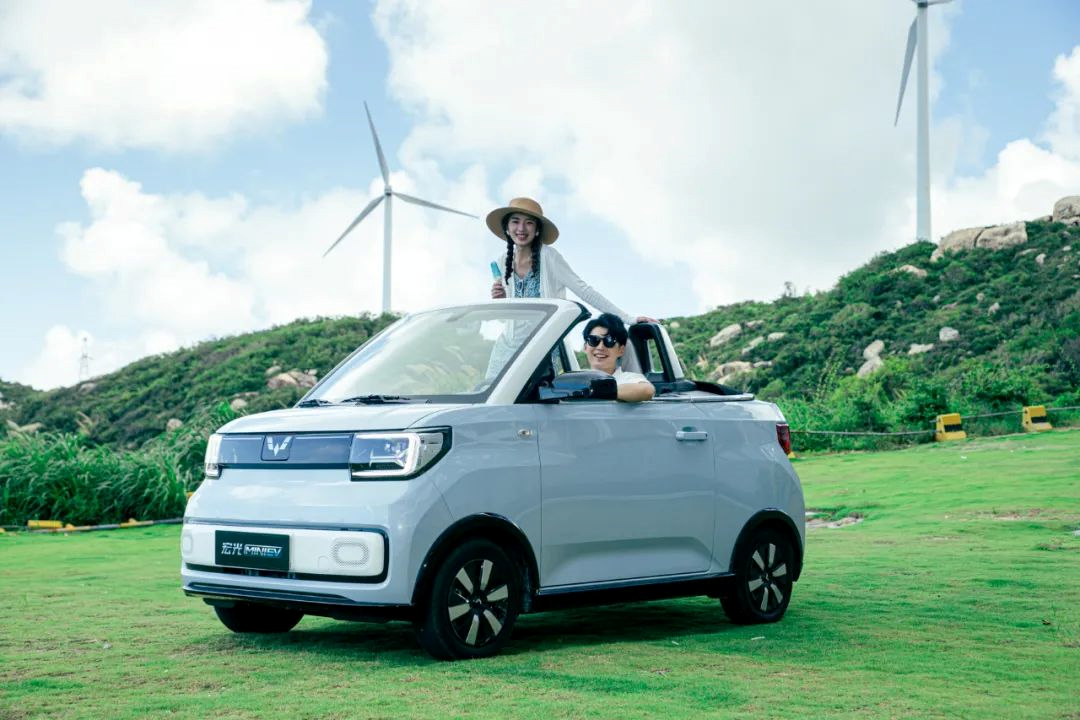
Facing the second wave of China’s new energy vehicles going global, Wuling has set even higher goals:
“To allow people around the world to use ‘people’s transportation’ like the Chinese people.”
In our inherent impression, transportation for the masses represents affordability, practicality, and even cheapness. Before entering the new energy era, there was no king in this field, and all models struggled in the vortex of low-price competition, until the emergence of the Wuling Hongguang MINI EV.
Why Wuling? What makes it capable of entering the global market of transportation for the masses?
Let’s talk about it today.
People’s Wuling
When discussing Wuling’s success, we can never stray far from the five words, “People’s Wuling”.
At the beginning of 2020, when the epidemic was urgent, Wuling quickly organized its vehicle production capacity to shift to mask production. This gave rise to the slogan of “Wuling makes whatever the people need”.
In a moment of inspiration, Wuling made a precise summary of its complex and unique temperament and the pursuit of its career over the years.
The people need a low-cost and reliable work vehicle, thus Wuling Hongguang was born.
The people need an MPV that is suitable for both business and family use, thus Baojun 730 came into being.
The people need an affordable commuting car, thus Hongguang MINI EV was created.
Over the years, Wuling has created one “miracle car” after another. These “miracle cars” are not simply known for their performance or low prices, but for Wuling’s continuous attention to and precise understanding of the most basic and extensive needs of the masses.
This is the fundamental reason why Wuling was able to stand out from the competition of low-priced commuting cars.

Many people simply attribute the popularity of Wuling Hongguang MINI EV to being “cheap,” but they overlook the thorough analysis of the needs behind the product.
Starting from the needs of users, Wuling New Energy discovered that 80% of Chinese users have a daily driving distance of no more than 30 kilometers, and a driving speed of no more than 30 kilometers per hour, while more than 70% of Chinese roads are fourth-class highways with a designed speed of no more than 40 kilometers per hour. At the same time, the shortage of parking spaces, traffic congestion, and high prices of new energy cars are all issues that plague a large number of users.Therefore, Wuling New Energy believes that a product with the most optimal resource utilization needs to be very economical in terms of road resource occupancy, have a very small parking area, consume minimal energy, and cover the vast majority of user travel scenarios. The agility of the commuting car’s body, flexible handling, and small battery for easy charging are the best solution to solve the problem of popularizing new energy.
So why does Wuling Hongguang MINI EV look like this? Why isn’t its endurance long? Why does it only have slow charging? All of these are based on user demand analysis and careful consideration to arrive at the results.
Of course, heroes are born in times of change, and the era of electrification is undoubtedly a great opportunity for small commuting cars.
The electrification of automobiles is equivalent to a “technical equality”. Without the vibration of the engine and expensive gearbox, small and low-priced cars can enjoy power smoothness and power response that even surpass luxury fuel vehicles, and the quality of small commuter cars has been greatly improved. This is the era background of Wuling’s success.
9 standards, redefining the commuting car
Calling Wuling the “King of New Energy Commuting Cars” in today’s Chinese market, I believe no one will oppose it, nor has the strength to oppose it.
As of September 2022, since the Wuling Hongguang MINI EV was launched in July 2020, cumulative sales have exceeded 900,000 units.
Wuling New Energy became the world’s fastest new energy brand to achieve 1 million sales in just five years.
Wuling Hongguang MINI EV has held the title of China’s best-selling new energy pure electric sedan from a Chinese brand for 25 consecutive months.
Wuling New Energy has a market share of up to 51% of the commuting car market.
Sales data and user reviews show that Wuling is the most popular brand of commuter cars, bar none.
Without exaggeration, Wuling has not only opened up the market for new energy commuter cars on its own, but also reversed the image of commuter cars in people’s minds.
However, as the market gradually matures, we have also seen more and more cars “paying homage” to Wuling. If we rely solely on low prices, Wuling’s position cannot be stabilized.
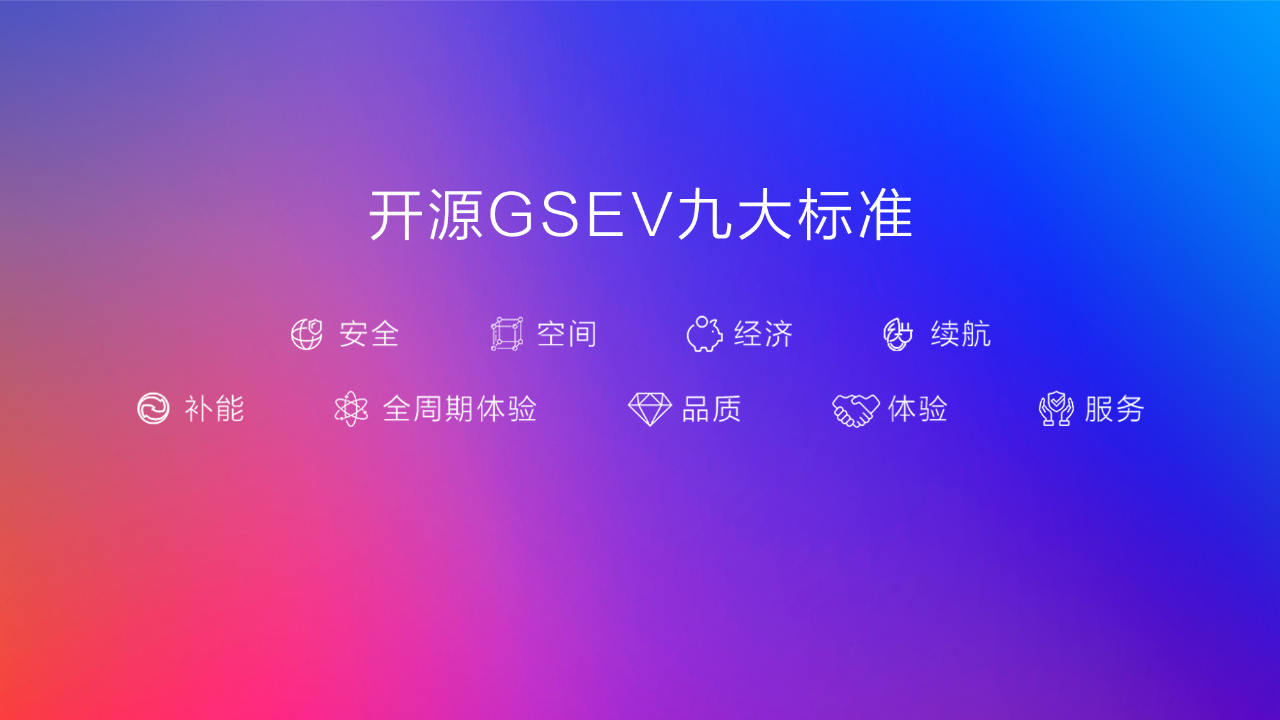
Therefore, at the just-concluded “New Energy Commuter Car Seeking Truth Conference and China Wuling New Energy GSEV Technology Evolution Day”, Wuling summarized nine major standards and open-sourced them for sharing, taking the posture of market leader and making higher demands on commuter cars.
The nine major standards include: “safety, space, economy, endurance, complementary energy, full-cycle evolution, quality, experience, and service.”
Among them, safety is undoubtedly the most noteworthy.
“In terms of core safety standards, Wuling New Energy has created a five-core battery protection circle from the battery, charging ecology, vehicle, cloud to the whole life cycle, and has also conducted 14 types of working condition collision tests on the vehicle body. Among them, in the weakest side of new energy vehicles, Wuling New Energy has continuously verified the vehicle at intervals of 10cm, and the vehicle has undergone two collision tests, exceeding the international standard for side pillar collision once.”

By establishing standards, Wuling hopes to further reverse the inherent impression of small commuting vehicles being unsafe among the people. Prior to this, the data of millions of Wuling’s zero-incident charging events has greatly eliminated users’ concerns about battery safety.
Among the nine standards, there are many detailed requirements for product quality, service quality, and intelligence. This is a further value enhancement that Wuling has made in meeting the people’s demands for low-cost, easy-to-drive vehicles.
Going global, creating the world’s commuting vehicles
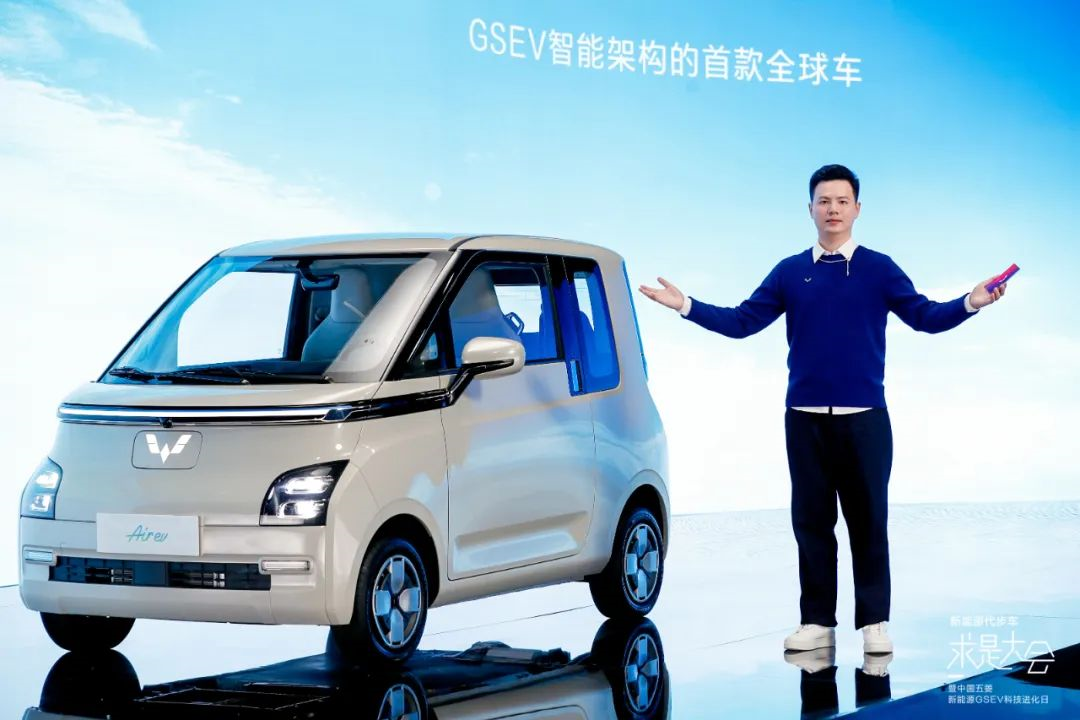
Based on the nine standards and the data of millions of users, at this summit, Wuling announced that its GSEV (Global Small Electric Vehicle) architecture has evolved into the “global light commuting ecological intelligent architecture.” The first global car in this architecture, Air ev (Chinese name: Qingkong), also made its debut in China.
Prior to this, Air ev had landed in the Indonesian market in August. The new car is positioned as a micro-electric vehicle, offering two models with ranges of 200km and 300km, priced at IDR 238 million and IDR 295 million, respectively, or about RMB 110,000-135,000.
Although the price is relatively high compared to the domestic market, Air ev became the best-selling new energy vehicle in Indonesia in the second month after its launch.
Entering the global market with commuter vehicles seemed to be an incredibly smooth journey from the very beginning.
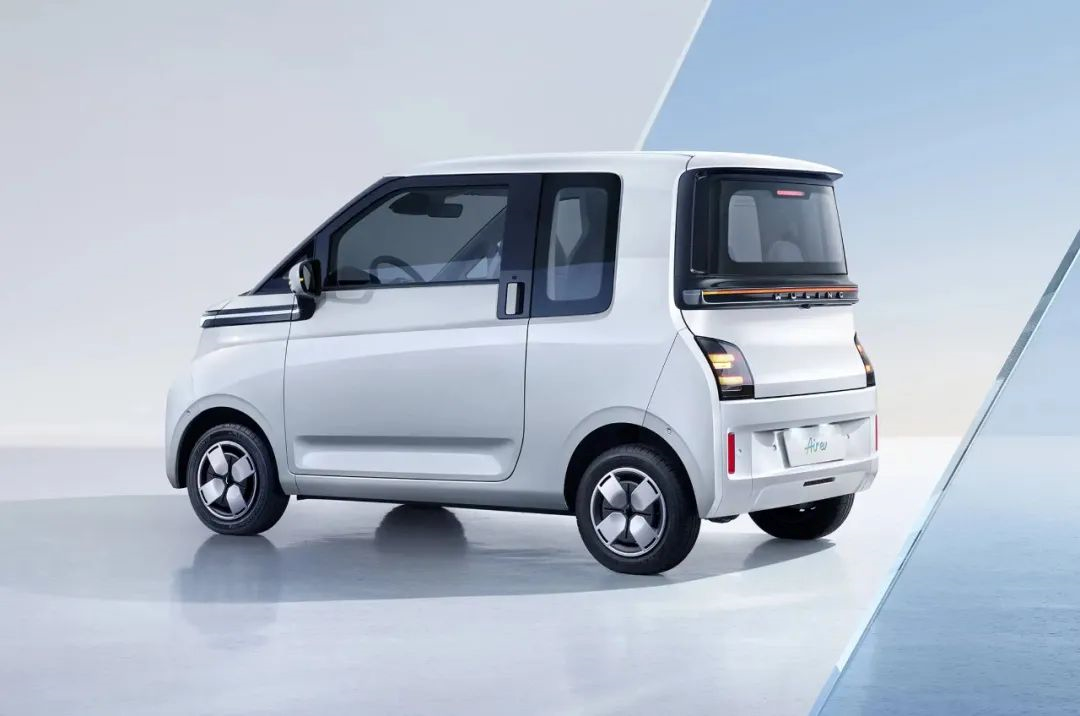 Ultimately, the development of new energy vehicles in China has far surpassed most of the world’s automobile markets, especially those in third-world countries. New energy vehicles that sell well in China have absolute competitiveness in these markets.
Ultimately, the development of new energy vehicles in China has far surpassed most of the world’s automobile markets, especially those in third-world countries. New energy vehicles that sell well in China have absolute competitiveness in these markets.
Not only that, Wuling aims to become “the first Chinese automotive company to lead the industry chain to go global.” The GSEV structure has not only established a new energy vehicle industry circle for short commutes in China, driven local partners in batteries, electrical drive, and electrical control to develop together but also will work with Chinese core parts suppliers to go abroad together.
This is completely different from the traditional “product export” model. Wuling will work with overseas partners to jointly promote the complete model of the supply chain system, manufacturing system, and sales service system to promote the development of the global new energy commuting culture, and use localization strategies to lower the price of new energy commuting vehicles.

Excellent products and complete industry chain exports are Wuling’s two core competitiveness in response to global competition.
In the wave of China’s new energy vehicle companies going global, Wuling will, as always, take a different path.
This article is a translation by ChatGPT of a Chinese report from 42HOW. If you have any questions about it, please email bd@42how.com.
